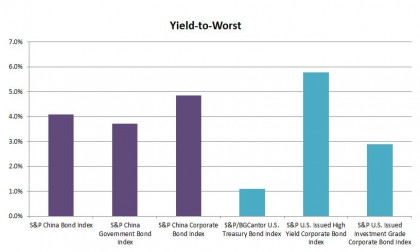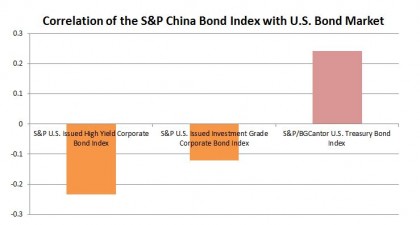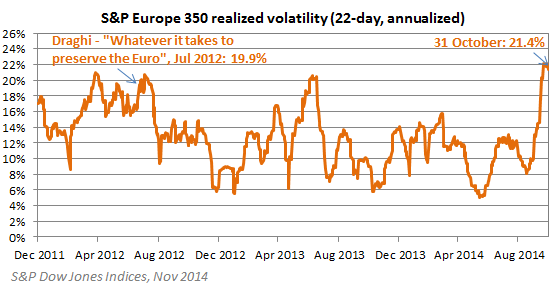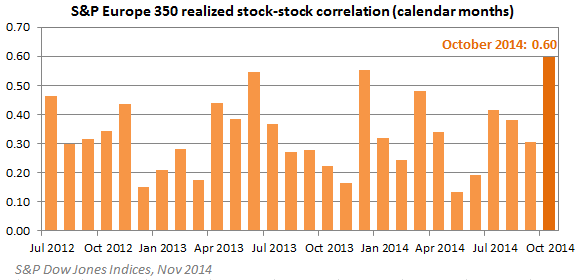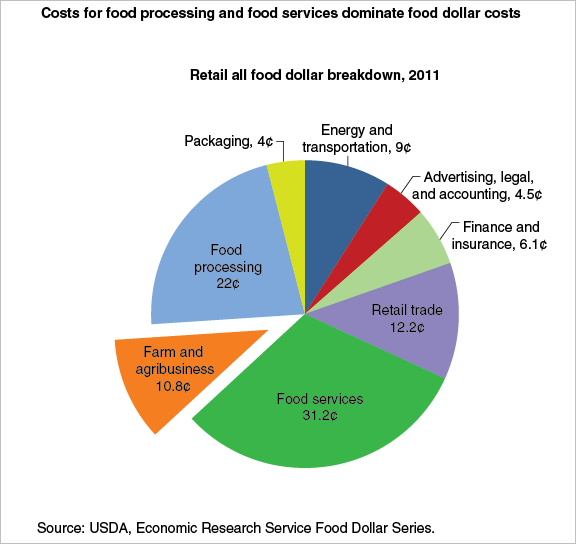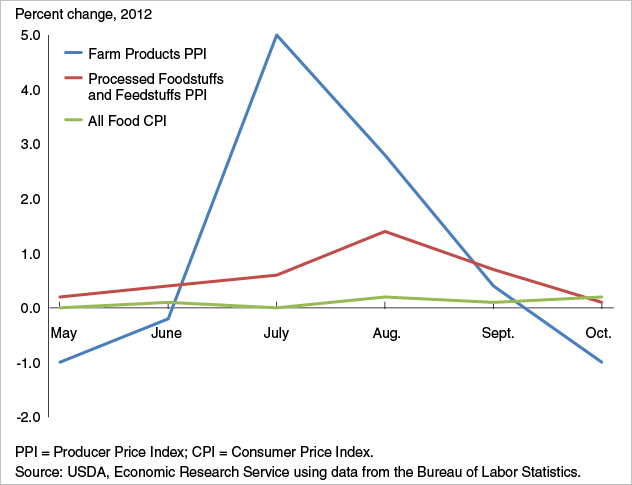Many people are asking if we are seeing withdrawals from commodities since oil has dropped about 25% since its high in June. While we don’t track asset flows of products based off the indices, the anecdotal answer is many view this as a buying opportunity. The IEA predicts an acceleration of oil demand growth from non-OECD countries of 2.6% in 2015 up from 1.9% in 2014 that can be mainly attributed to Asia, Africa, and the Middle East. While lower oil prices could change this, it is more likely to cause a great divide between where the demand comes from, with proportionally more from Asia.
The next question being asked is whether the potential buying opportunity is better executed with active or passive strategies. That depends on how much confidence you have that you can pick the winner. Did you guess that Algeria would only secure 4 out of 31 available licenses to international companies to explore and produce? or that a local strike in Libya would take 25 kb/d off the market in an instant? or that Beijing would buy 8 million barrels of Middle East crude as Brent fell under $90/bbl? Only the foresight around situations like these- or luck- would result in proftable in alpha strategies.
In this mean reverting environment with inventories hovering closer to equilibrium than they have post the financial crisis, picking the winner is difficult. I didn’t hear too many predictions that coffee, aluminum, cattle and nickel would be among the winners this year.
That said, last week, did you guess natural gas would be up 13.7% this week? The headline in the WSJ is around cattle from the drought that has been driving cattle prices up about 30% this year- but it’s nothing to moo about in November. However, the return of the Polar Vortex is something to chatter about. Maybe equities are more dependent on sunshine, but not natural gas.
Earlier in the year, from Jan 9-29, the DJCI Natural Gas, increased 37.4%, and in just the first three days of that time period, 8.6% or almost 1/4 of the return was already earned. This time, natural gas bottomed on Oct. 27 and is up already 20.9% as of Nov. 6th. Again, in the first three days, 1/4 of the return was earned.
So, if you want to play the guessing game, you better pick right and ON TIME, or else you are missing out. Many prefer to stay invested broadly to avoid the picking and timing trap- as this cold was hard to catch.
The posts on this blog are opinions, not advice. Please read our Disclaimers.











































